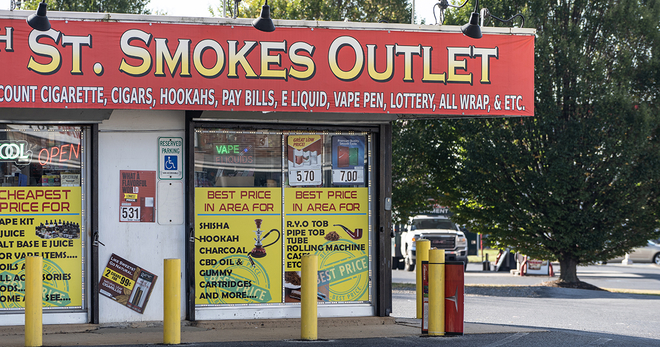Big Tobacco $20: States $1 = deadly ratio
Tobacco companies spend $20 to market their deadly products for every $1 the states spend on programs to prevent kids from smoking and help smokers quit, according to a report released today by a coalition of public health organizations, including Truth Initiative. This giant gap is undermining efforts to save lives and health care dollars by reducing tobacco use, the No. 1 cause of preventable death in the United States, the report warns.
26.3 mil
The tobacco companies spend $26.3 million on marketing in a single day.
In fiscal year 2016, the states will collect $25.8 billion from the 1998 tobacco settlement and tobacco taxes. But they have budgeted less than two percent of it – $468 million – for tobacco prevention and cessation programs, according to the annual report assessing state funding of such programs.
In contrast, the major cigarette and smokeless tobacco companies spend $9.6 billion a year – more than one million dollars each hour – on marketing, according to the most recent data from the Federal Trade Commission. This amounts to 20 times what the states spend on tobacco prevention.
“Now, with an end to tobacco use in sight, we can’t afford to scrimp on proven strategies at the local, state or federal levels. This generation truly can be the one to end the era of deadly tobacco and 'Finish It'," said Robin Koval, CEO and President of Truth Initiative.
Tobacco use kills more than 480,000 Americans and costs the nation about $170 billion in health care spending each year. Without strong action now, 5.6 million kids alive today will die prematurely from smoking-caused disease, according to the U.S. Surgeon General.
Key takeaways
The $468 million the states have budgeted for tobacco prevention amounts to just a small fraction of the $3.3 billion recommended by the Centers for Disease Control and Prevention.
It would take less than 13 percent of total state tobacco revenues to meet the CDC’s recommendations in every state.
North Dakota is the only state funding its tobacco prevention program at the CDC-recommended level.
With one of the longest-running tobacco prevention programs, Florida reduced its high school smoking rate to 6.9 percent this year, one of the lowest rates ever reported by a state.
More in tobacco industry marketing
Want support quitting? Join EX Program
By clicking JOIN, you agree to the Terms, Text Message Terms and Privacy Policy.
Msg&Data rates may apply; msgs are automated.



